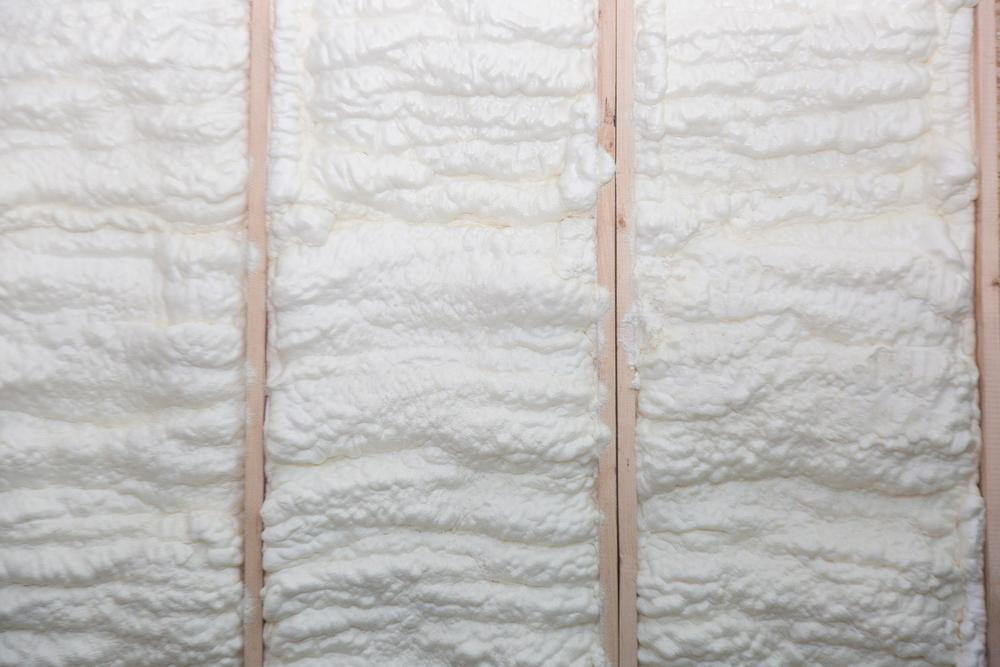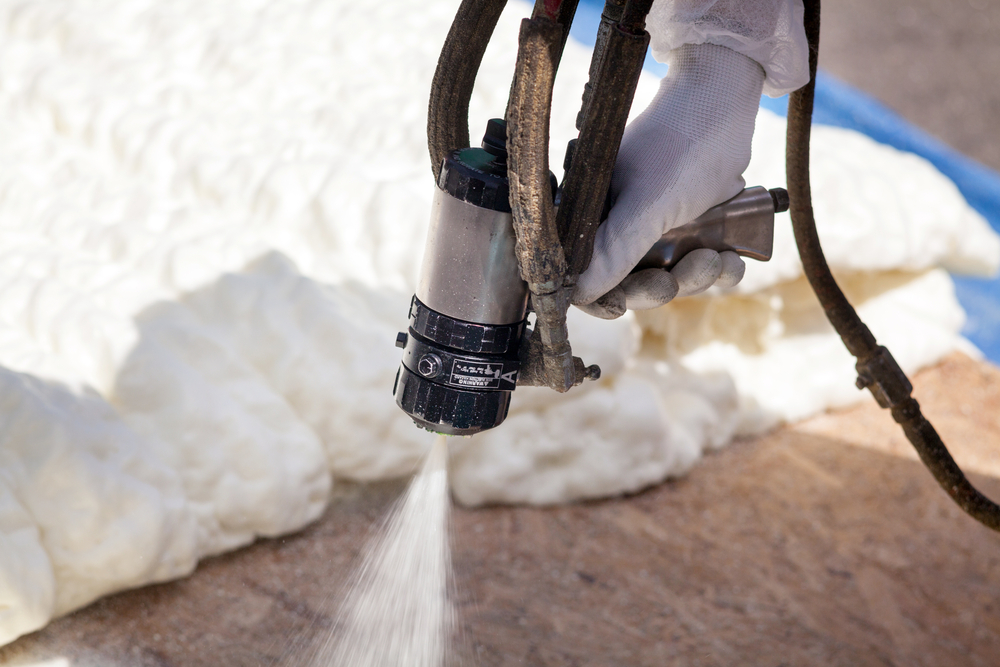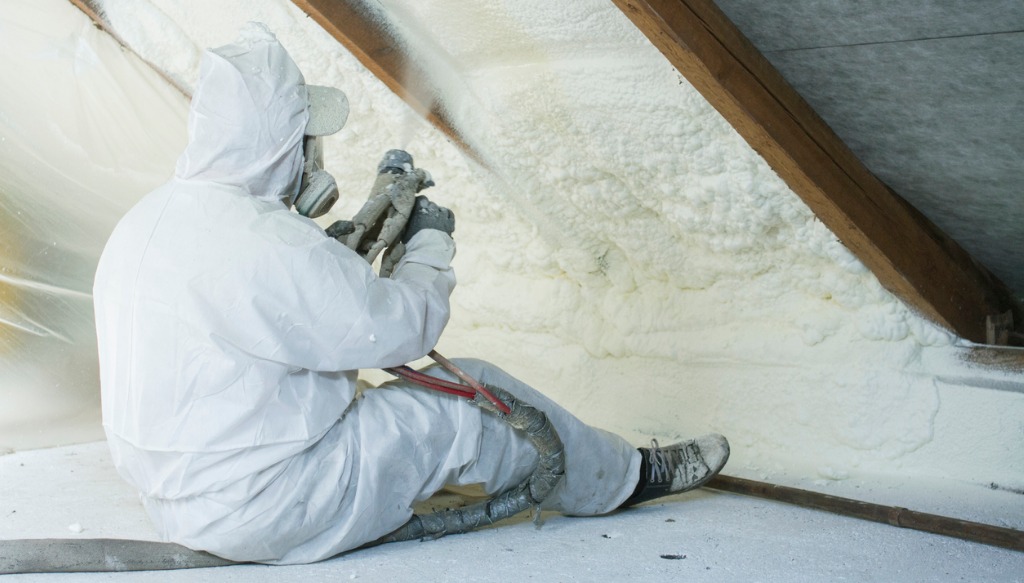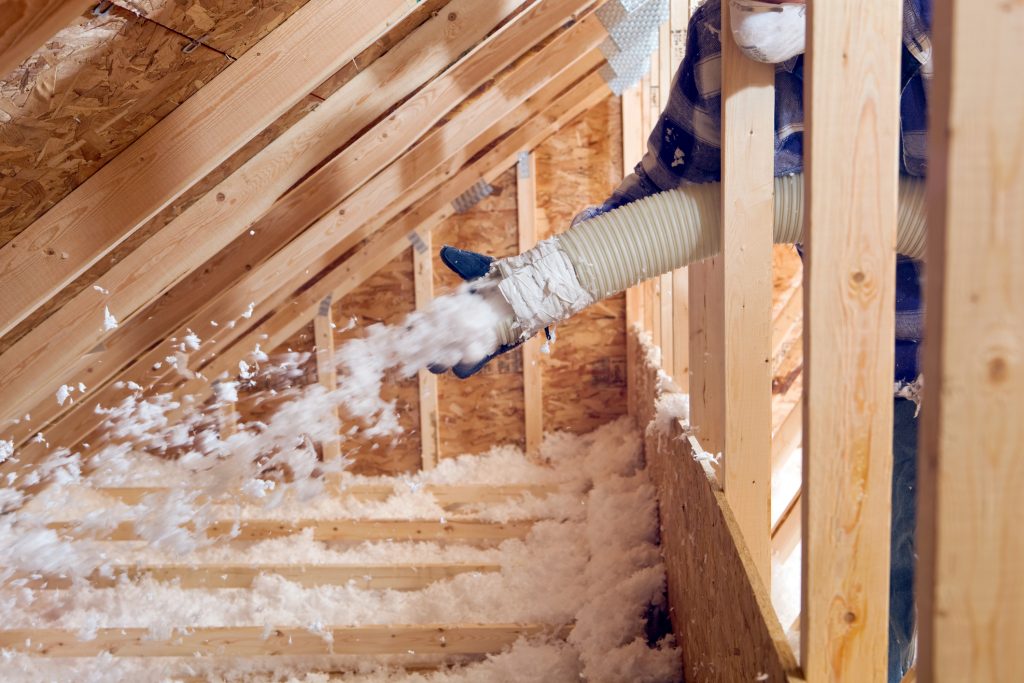Soundproof doors offer numerous benefits, particularly in environments where noise control and acoustic insulation are essential. These specialized doors are designed to minimise the transmission of sound from one area to another, creating a quieter and more peaceful atmosphere. Here are some of the key advantages of soundproof doors:
- Noise reduction: The primary advantage of soundproof doors is their ability to significantly reduce noise transmission. They are constructed with dense materials and specialized insulation that effectively block and absorb sound waves. This makes them ideal for spaces where noise pollution is a concern, such as recording studios, theaters, offices, hotels, or residential areas near busy streets or airports.
- Improved privacy: Soundproof doors enhance privacy by preventing sound from traveling in or out of a room. In offices or conference rooms, they can ensure confidential discussions remain private, allowing employees to work without distractions. Similarly, in residential settings, soundproof doors provide peace and solitude by minimising noise disturbances from neighboring rooms or outdoor sources.
- Enhanced productivity: By minimising noise distractions, soundproof doors contribute to improved focus and productivity. In office environments, employees can concentrate on their tasks without being disturbed by conversations or other noises from outside. This promotes a more efficient and conducive work environment, leading to increased output and better concentration.
- Compliance with regulations: Certain industries, such as music production, broadcasting, or healthcare, have specific regulations regarding noise control. Soundproof doors help businesses meet these requirements by providing effective acoustic insulation. Compliance with such regulations not only ensures the quality and safety of operations but also prevents potential legal issues or penalties.
- Energy efficiency: Soundproof doors often feature excellent thermal insulation properties. The materials used in their construction provide an additional layer of insulation, reducing heat transfer between spaces. This can result in energy savings by maintaining a more stable indoor temperature, reducing the load on heating and cooling systems, and lowering energy consumption.
- Increased property value: Installing soundproof doors can add value to a property. Potential buyers or renters may prioritise noise reduction as an important feature, particularly in urban areas or properties located near sources of noise. Soundproof doors are considered a premium feature that can enhance the desirability and market appeal of a space.
In conclusion, soundproof doors offer a range of benefits, including noise reduction, improved privacy, enhanced productivity, compliance with regulations, energy efficiency, and increased property value. These doors are a valuable investment in creating a comfortable, quiet, and controlled environment, whether in residential, commercial, or industrial settings. By effectively blocking and absorbing sound, soundproof doors contribute to a more peaceful and productive atmosphere while meeting the demands of modern living and stringent noise control standards.




